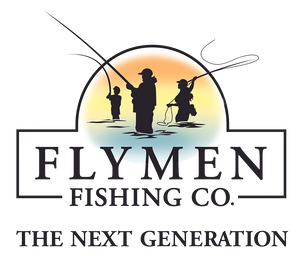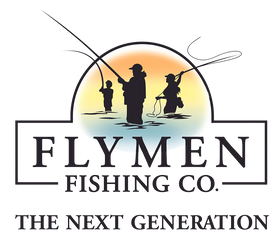Flymen Blog
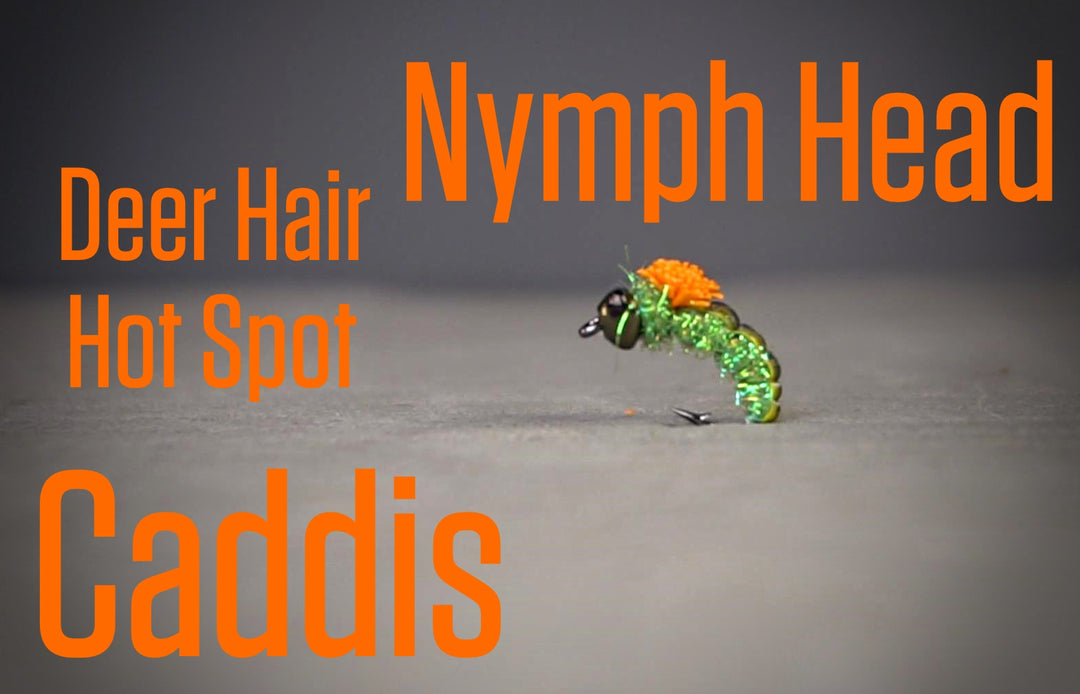
This Nymph Is a Great Little Caddis Pupa – With Some Added Flair
Hot spots on nymphs are a great way to not only get the attention of the fish you're targeting, but in certain fishing circumstances they can help you track your fly easier by sight. Most hot spots are made with dubbing that is a different color than the body of the fly, but this fly sets itself apart by using brightly colored deer hair tied on top of the hook as the hot spot.
This technique helps the fly stay upright in the water while the fly gets deep in the water column from the weight of the Nymph-Head Evolution tungsten beadhead.
Recipe
- Hook: Kona Universal Scud/Shrimp/Pupa (USP) hook, size #12
- Head: Nymph-Head Evolution Mayfly Swimmer & Burrower tungsten beadhead, olive, size large
- Rib: Ultra Wire
- Shell Back: Kiley's Exo Skin
- Body: Ice Dub
- Hot Spot: Deer Hair
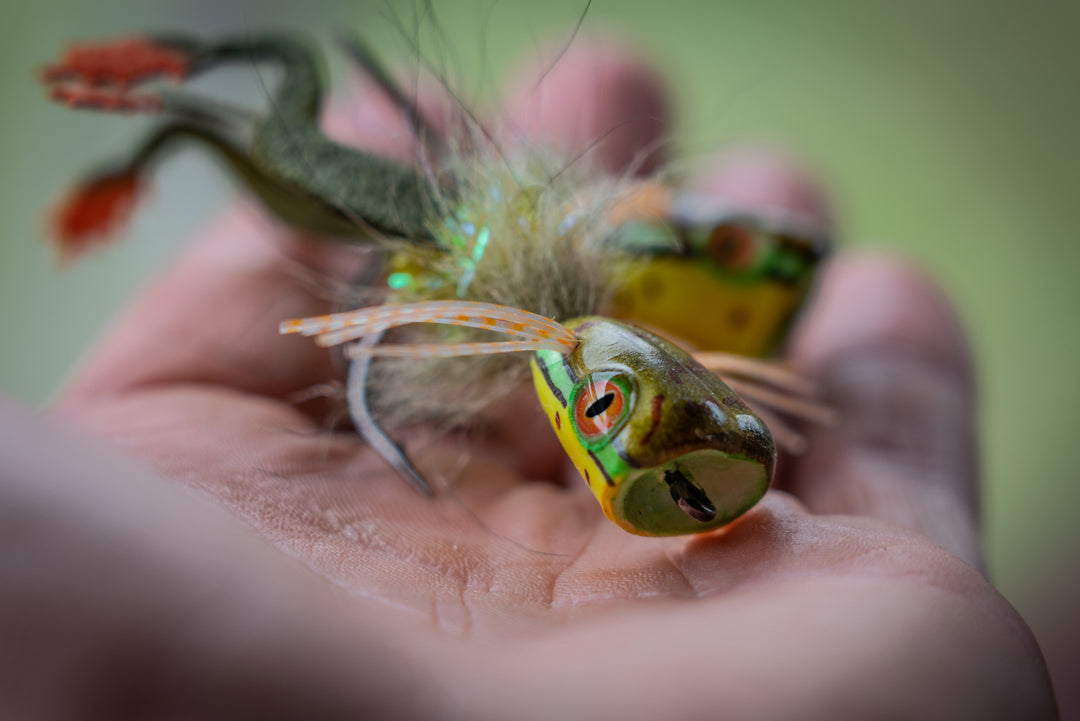
Ultimate Frog Popper tied with a Surface Seducer Double Barrel popper & slider body, Dragon Eyes, and a size 1/0 Kona Big Game Carnivore hook.
It is first light. You are sitting quietly and motionless in an aluminum canoe in the middle of a 10-acre pond full of lily pads trying not to make a sound.
You have spent the last 30 minutes of darkness listening to the insects and frogs begin to quiet down as the sun begins to rise. Thick fog permeates the still air and the water is still as glass.
Every 15 seconds you can hear a bass blow up on an unsuspecting victim. It is summertime now and frogs and tadpoles are one of the most readily available food sources in the lake... Too bad all you have in your box are Clousers, chenille worms, and crawdads. OOPS!
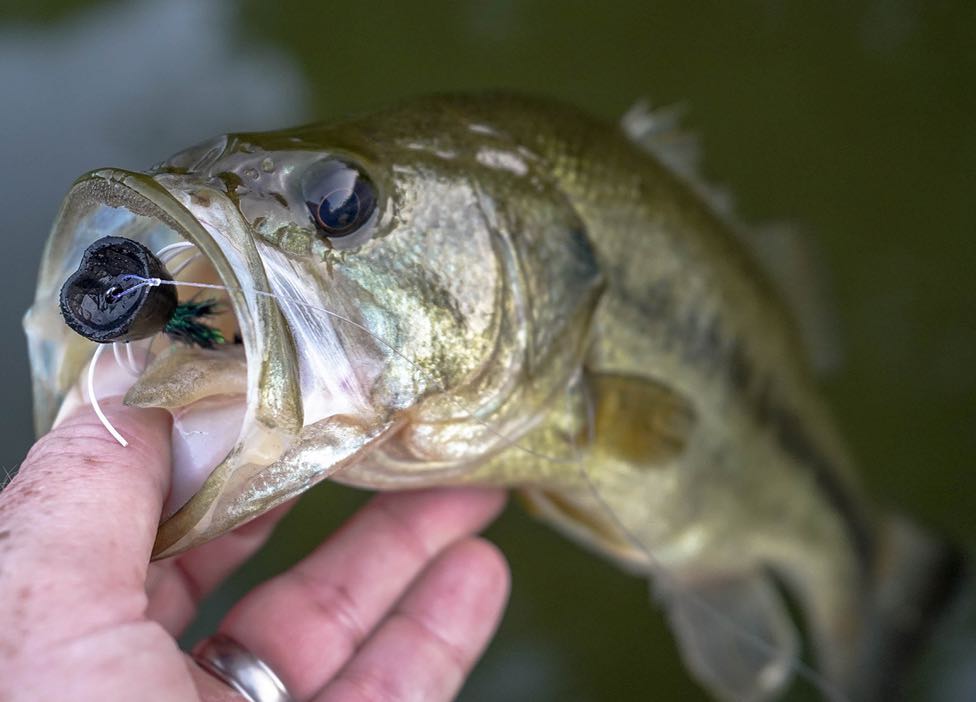
Bass like to party, which is what makes them the most chased game fish in the United States.
Aggressive eats, jumps, and willingness to eat on the surface make bass a fun fish to chase, especially on the fly. Personally, I think the topwater takes are where it’s at in bass fly fishing. Part of the fun is getting the fish to eat what you want it to eat.
If you’re set on getting bass to eat on the surface and it’s not working, before you give up and switch over to fishing a streamer, try dialing it back first. That’s where the topwater finesse comes into play.
As I pull back on the oars my eyes settle on a small current break with nice holding water and some overhead cover.
It’s a solid spot that has produced many times throughout my years as a fly fishing guide.
I relay the information to my clients, and what happens next is...
A) The client lands the fly an inch off the shore, lets it sit for a couple seconds, strips, pauses, and the smallmouth eats the fly.
B) The fly lands 3 feet off the shore, well short of the current break, and the client fishes the fly back to cast again.
C) The client false casts so many times that the fly is never given a chance to catch a fish, even with me frantically pulling on the oars trying to hold the spot.
D) The fly lands in the spot but is quickly stripped well out of position, the fish chases and turns off.
E) The fly lands an inch off the shore, the client lets it sit for a couple seconds, strips, pauses, but no one is home and hungry today.
The following 3 tips will help make option A more likely of a situation for you on your next smallmouth fishing trip.
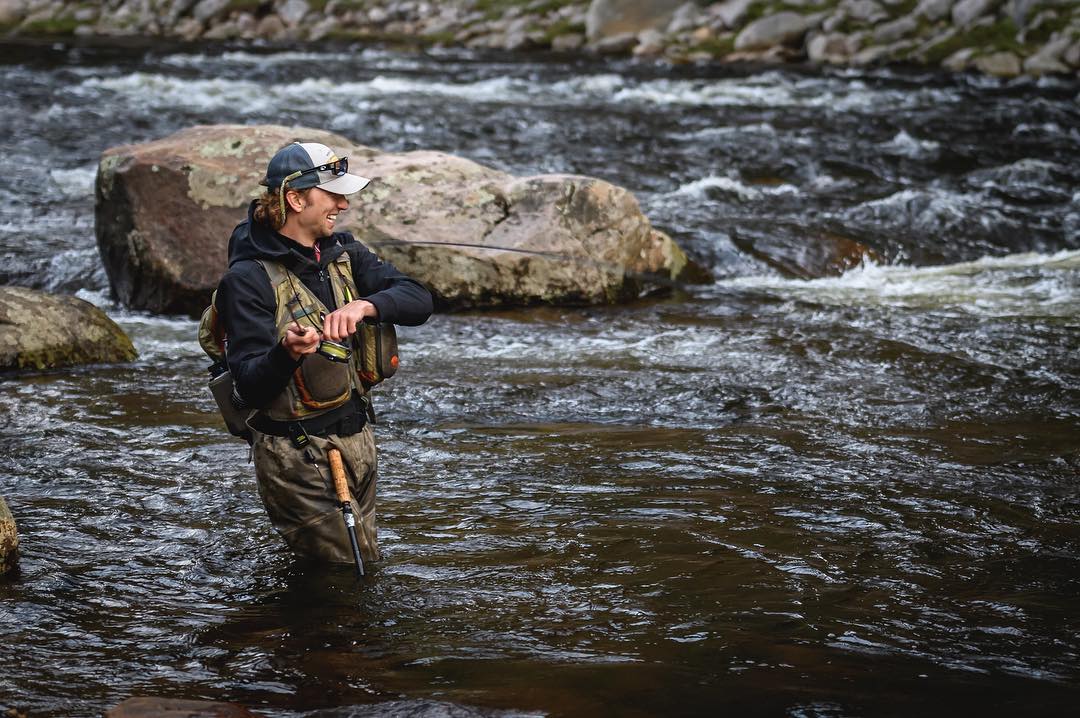
Pocket Water Can Be Some of the Most Exhilarating Waters to Fish
What makes a pocket water fishery are the boulders that block the general flow of the river, forming hydro-breaks where fish lie in wait in the darkness, ready to dart at a moment's notice for food.
As a trout guide, I can’t see myself guiding or fishing anywhere else during the peak season but on my home river in the Adirondacks, the West Branch of the Ausable. Here are some tactics I've picked up from guiding and fishing these waters that may help you next time you're on the water.
